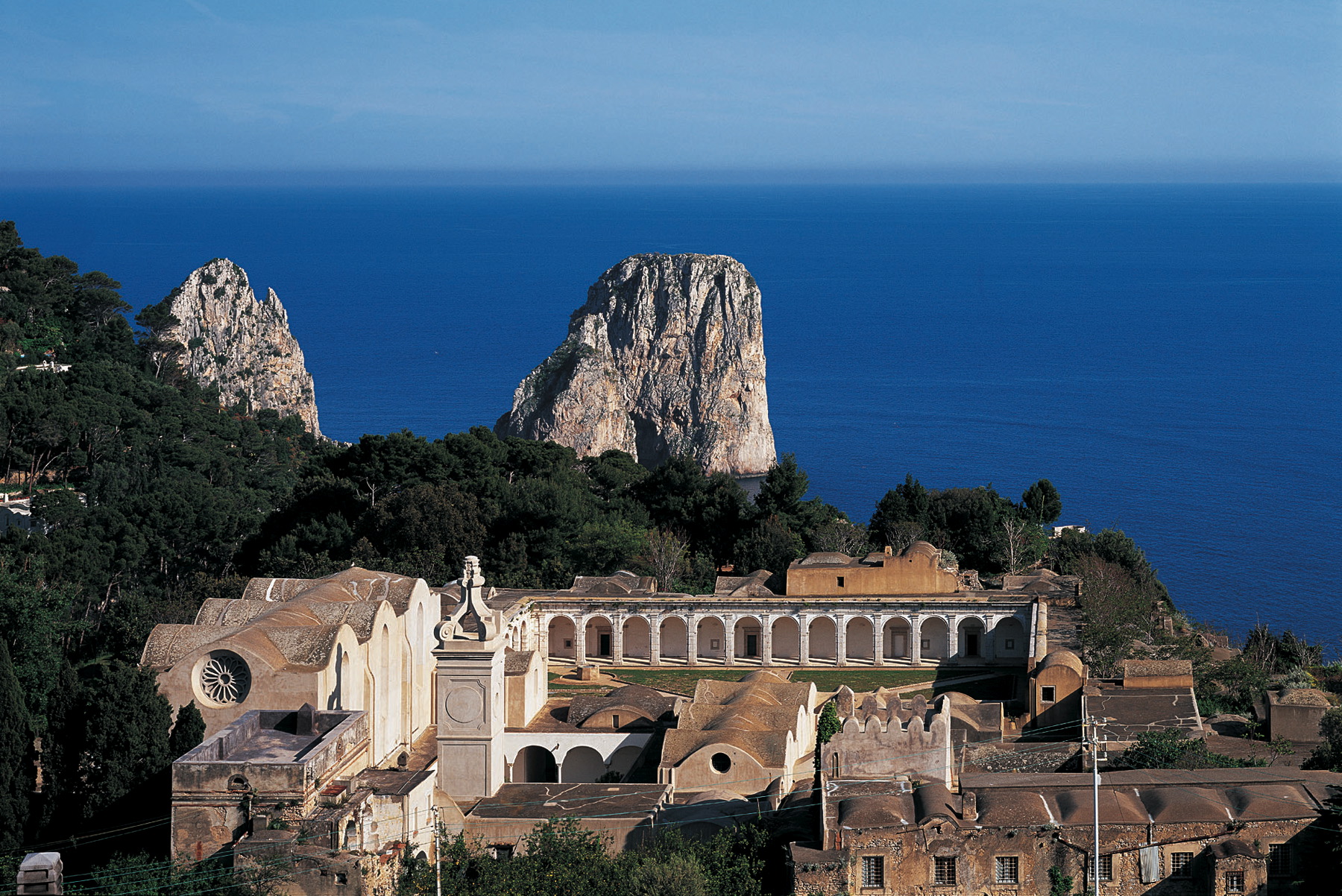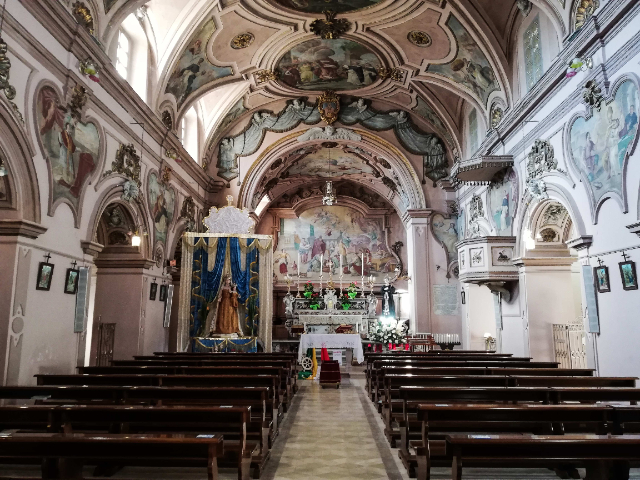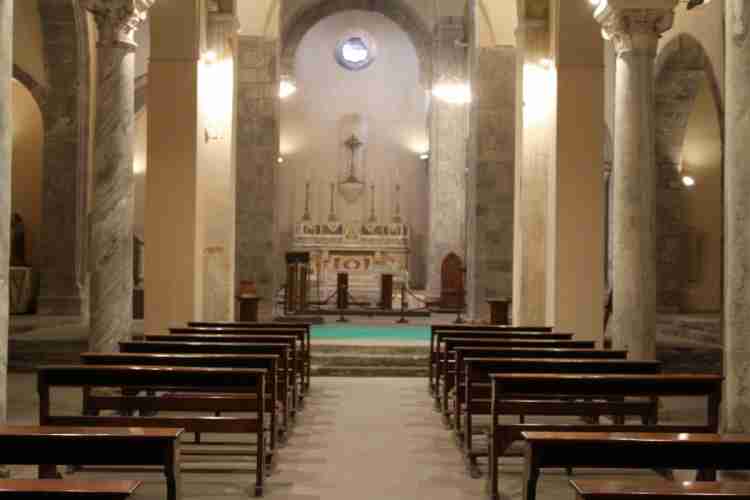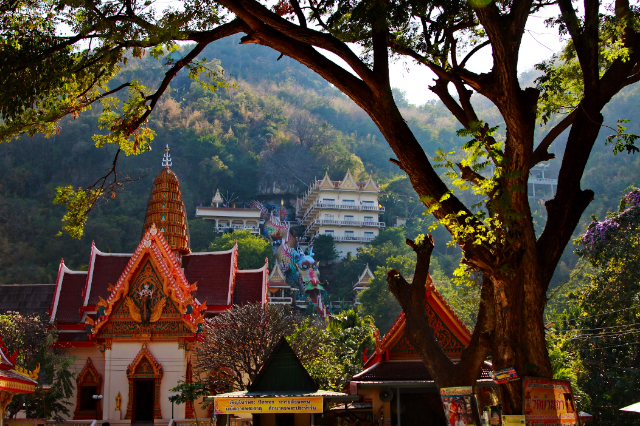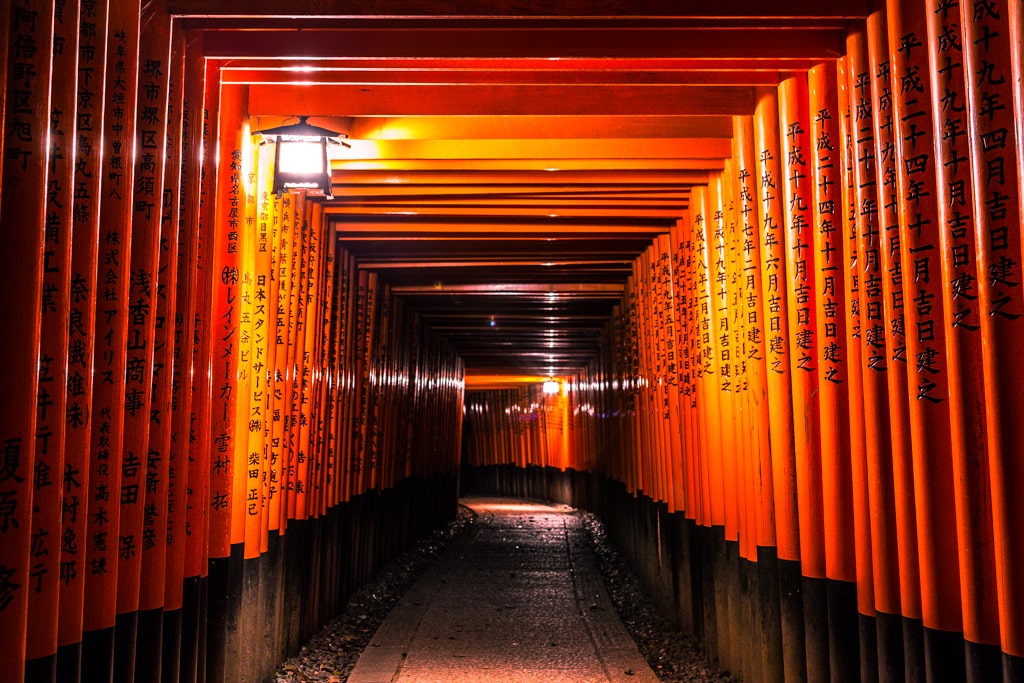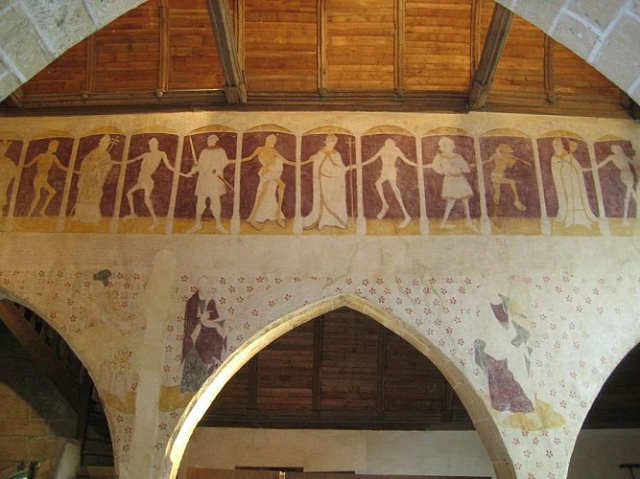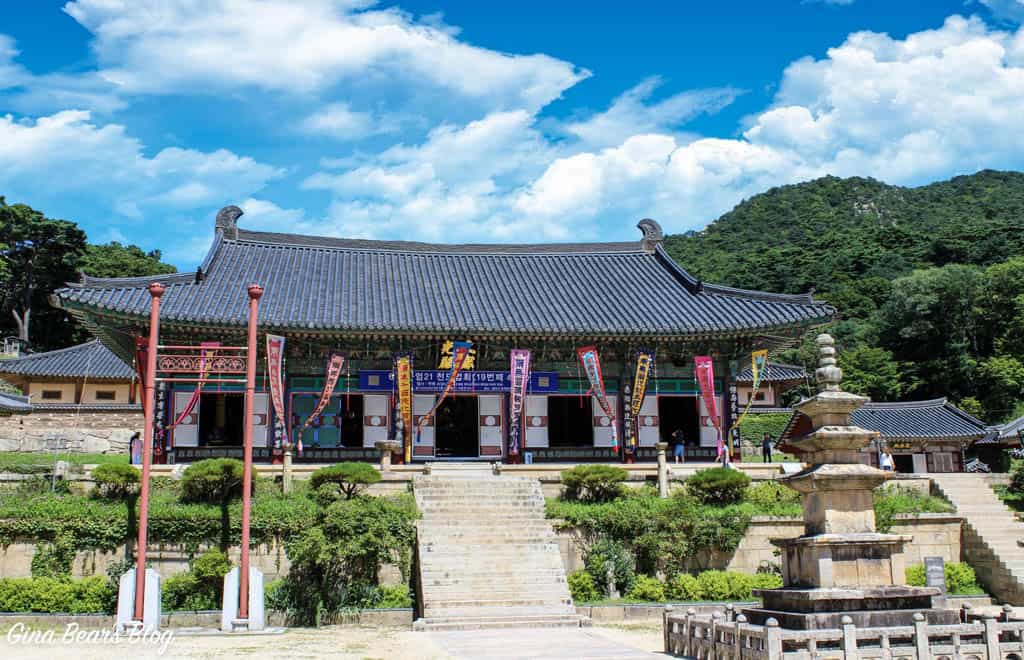The complex was founded in the second half of the fourteenth century – as evidenced by the fresco on the portal of the Church, dated around 1371 – by Jacopo Arcucci, Count of Minervino and Lord of Altamura, Secretary of State and Treasurer of Queen Joan I of Anjou.
In 1373 the Queen, already protector of the Carthusian monks of San Martino, sent the Fathers who would have lived on the island. Following the pirate raids, the Charterhouse suffered serious damage and from 1563 it underwent major restoration work. The monument has in fact a stratification of interventions, but it remains characterized by the unmistakable architectural style present in a large part of the island and the Amalfi coast.
The Certosa di San Giacomo has a fourteenth-century layout, and was partially transformed and enlarged in the sixteenth and eighteenth centuries; the structure is made of plastered tufa ashlars, sometimes extrados, according to the typical architecture of the Mediterranean area.
To the primitive fourteenth-century Cloister, called Small Cloister, with columns and capitals, was added, during the sixteenth century, the monumental Cloister, called Large Cloister, with pillars in limestone. Around the Great Cloister are the monks’ cells and the so-called Quarto del Priore, often used as a venue for temporary exhibitions, which overlooks the Prior’s Garden, rich in spices and medicinal plants, planted according to the traditional texts on Carthusian spices.
The Church is also 14th century, with frescoes dating back to the end of the 17th century and the beginning of the 18th century and paintings by the painter Nicola Malinconico (Naples 1663 -1721) depicting Saints and Characters of the Old Testament.
The most recent architecture is the so-called Canonica, renovated by the Lateran Canons in the 18th century, developed on two floors, with the tower decorated with 18th century stuccoes.
In 1808 the Charterhouse was suppressed with the confiscation of property; in 1815 it was assigned to Barracks, then became a hospice for Invalids; finally, after 1860 and until 1898 it was the seat of the V Company of Discipline, where anarchists and soldiers of bad conduct were assigned.
The monument underwent further restoration work starting from the end of the nineteenth century; later, in 1927, some fourteenth-century structures were brought to light; in the 1930s it housed the gymnasium and the library entrusted to the Canons Regular Lateranensi, who abandoned the Charterhouse after the Second World War.
Since 1975 the Diefenbach Museum has been housed in the Refectory, with the works of the German painter Karl Wilhelm Diefenbach, who died on the island in 1913, donated to the Charterhouse by his heirs.
In more recent times the Charterhouse has undergone further restoration work and is now the venue for temporary exhibitions, conferences, concerts, performances and cultural events.
